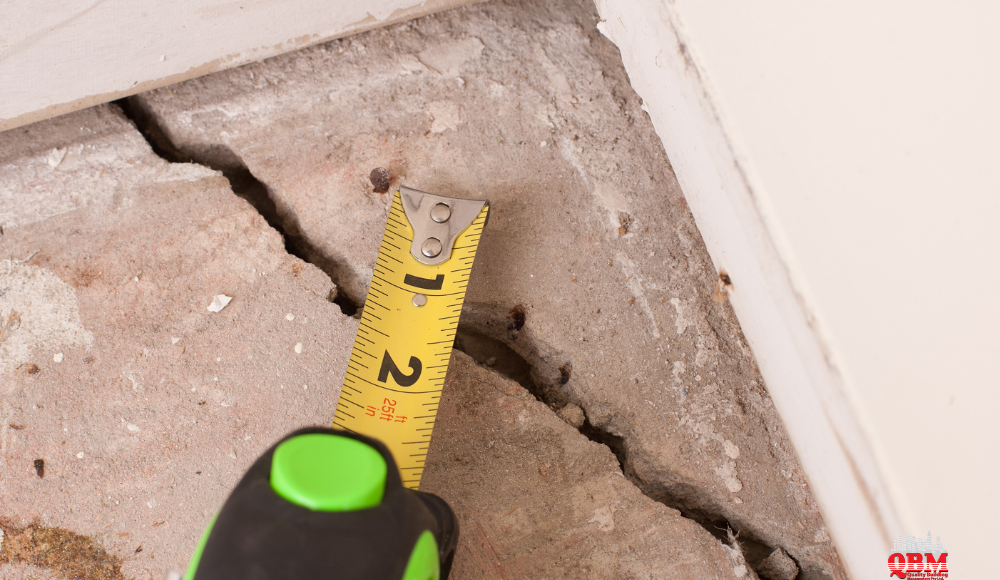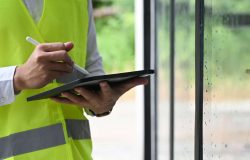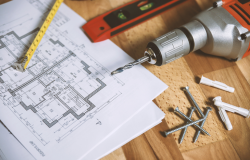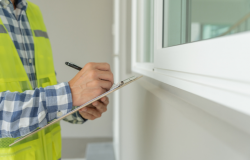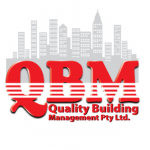Renovation Risk Management: The Role of a Dilapidation Report
When planning a renovation, one of the most crucial yet often overlooked aspects is renovation risk management. Ensuring that your project doesn’t inadvertently cause damage to neighbouring properties or council-owned assets is essential.
A dilapidation report provides a thorough and accurate record of the condition of surrounding buildings before and after your construction, renovation, or demolition activities. By incorporating this report into your renovation risk management strategy, you can mitigate potential risks and protect yourself from legal and financial liabilities. Read on to learn more about dilapidation reports.
Understanding the Importance of a Dilapidation Report
A dilapidation report is a detailed document that details the existing condition of structures surrounding your renovation site. This report is important because it serves as a benchmark to identify any changes or damages that may occur as a result of your renovation.
Here’s why obtaining a dilapidation report is essential for effective renovation risk management:
- Mitigating Risk of Damage: Renovation works can sometimes lead to unintended damage to neighbouring properties or council-owned assets. A dilapidation report helps by documenting the pre-existing conditions, thereby providing a clear picture of reference to identify if any damage has occurred due to the renovation. This is crucial for managing risks and avoiding disputes with neighbours or local authorities.
- Accurate Condition Records: The report offers an accurate and comprehensive record of the condition of buildings before and after your renovation. This includes detailed photographs, which are critical in proving the state of structures and identifying any changes. This serves as a solid foundation for any potential claims or disputes.
- Legal Protection: In the unfortunate event of a dispute, a dilapidation report can serve as vital evidence to support your case. By having a documented condition survey conducted by a professional, you can protect yourself from unfounded claims and potential legal battles.
What a QBM Brisbane Dilapidation Report Includes
At QBM, we offer comprehensive dilapidation reports tailored to your renovation project’s needs. Our reports are designed to provide a thorough assessment and are an integral part of your renovation risk management plan. Here’s what you can expect from a QBM Brisbane dilapidation report:
- Detailed Photographic Evidence: Our reports include high-resolution photographs that capture the current condition of all relevant buildings and structures. This is essential for identifying any changes or damages that may occur during your renovation.
- Identification of Prominent Defects: We meticulously document any existing defects or issues in the surrounding buildings. This includes cracks, structural weaknesses, and other potential problem areas. This documentation is crucial for distinguishing between pre-existing conditions and any new damage resulting from your renovation activities.
- Pre-Construction Condition Survey: Before your renovation begins, we conduct a comprehensive survey to document the current state of nearby structures. This pre-construction survey sets a baseline for comparison after your renovation is completed.
- Post-Construction Condition Survey: After the renovation has been completed, we perform a follow-up survey to identify any changes or damages. This post-construction survey helps in verifying the impact of your renovation activities and ensures accountability.
Implementing Dilapidation Reports in Your Renovation Risk Management Strategy
Incorporating a dilapidation report into your renovation risk management strategy is a proactive step towards safeguarding your project. Here’s how you can effectively implement it:
- Engage a Professional Service: Hire a reputable company like QBM to conduct a thorough dilapidation report. Professional expertise ensures accurate documentation and comprehensive coverage.
- Communicate with Stakeholders: Inform your neighbours and relevant authorities about the dilapidation report. This transparency helps in building trust and preparing all parties for potential inspections.
- Review and Understand the Report: Carefully review the report findings to understand the current condition of surrounding structures. Use this information to plan your renovation activities, minimizing the risk of causing damage.
- Monitor Throughout the Project: Conduct regular inspections during the renovation to monitor any potential impact on neighbouring properties. This ongoing vigilance is key to effective renovation risk management.
Contact QBM Today For Renovation Risk Management
As you plan your next renovation, ensure you include a comprehensive dilapidation report from QBM as a cornerstone of your risk management strategy. Contact the team at QBM today to start the process.

